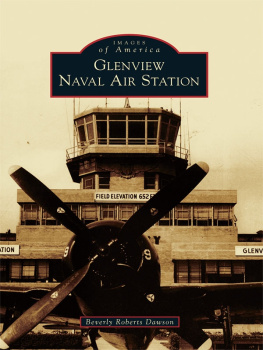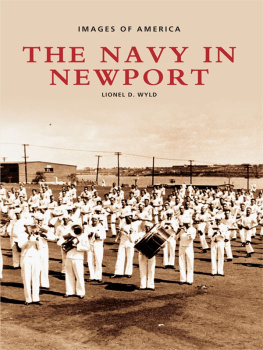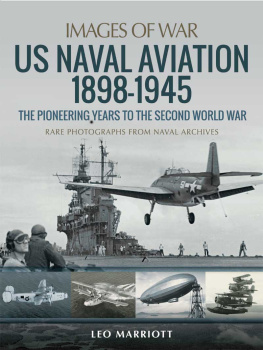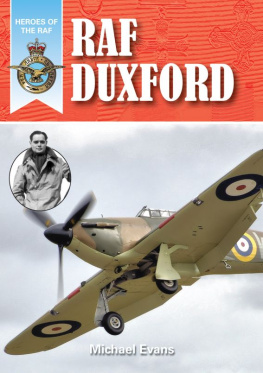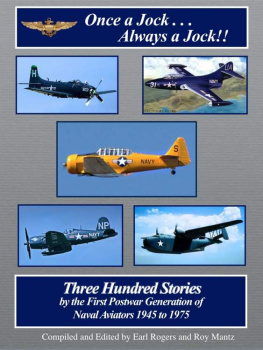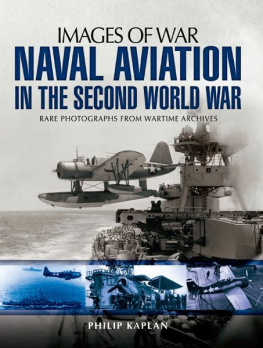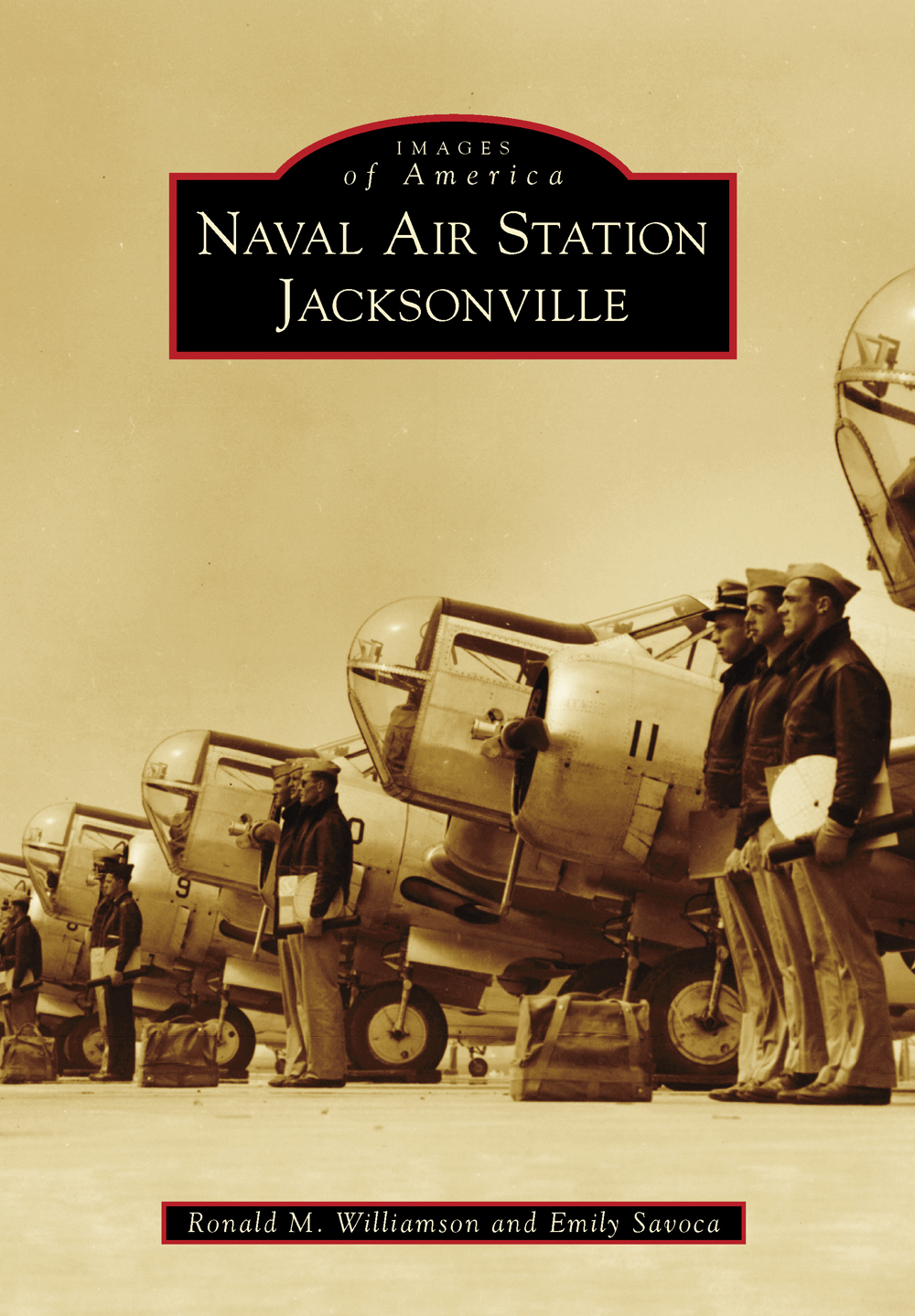
IMAGES
of America
NAVAL AIR STATION
JACKSONVILLE
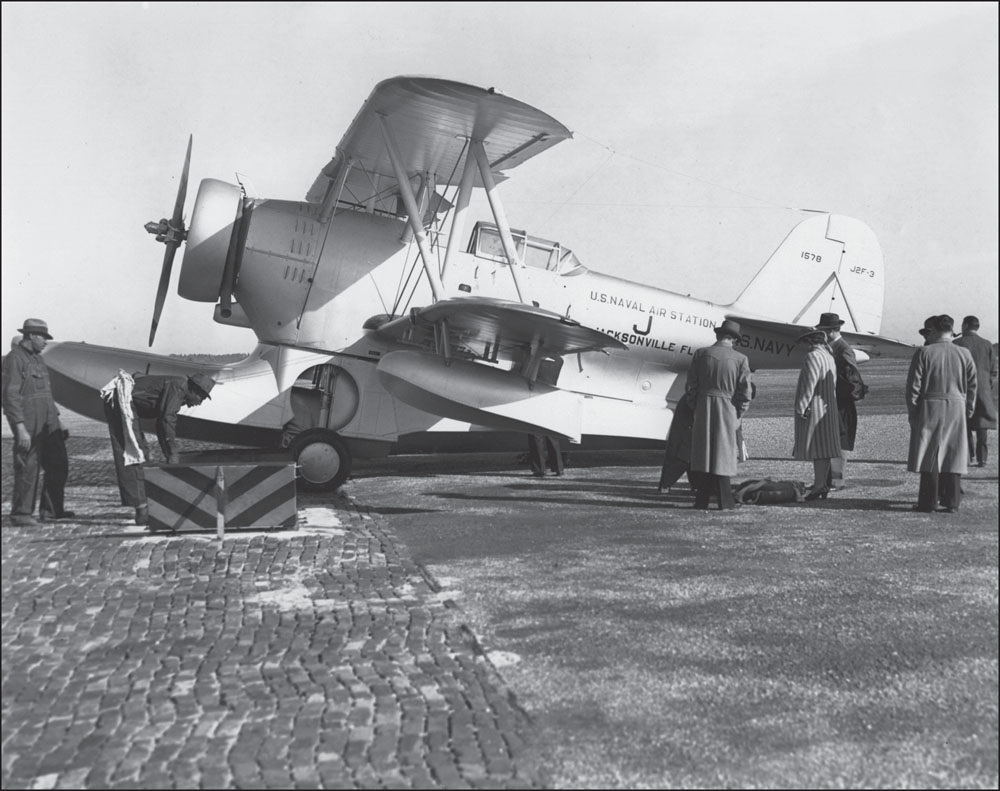
The first Navy aircraft assigned to Naval Air Station Jacksonville was this Grumman J2F-3 Amphibian Duck. The aircraft arrived at Jacksonville Municipal Airport on January 17, 1940, from San Diego. It was also the first to land on the St. Johns River, near the station, due to a severe storm. Station executive officer Cmdr. V.F. Jimmy Grant was at the controls. (Courtesy of the US Navy.)
ON THE COVER: Beechcraft SNB-1 Kansan aircraft are shown on the flight line with officers and crews in formation in March 1943. These aircraft were used for multiengine training at the station. Almost 90 percent of the United Statess navigators and bombardiers in World War II were trained in this aircraft. (Courtesy of the US Navy.)
IMAGES
of America
NAVAL AIR STATION
JACKSONVILLE
Ronald M. Williamson and Emily Savoca

Copyright 2013 by Ronald M. Williamson and Emily Savoca
ISBN 978-1-4671-1105-8
Ebook ISBN 9781439644188
Published by Arcadia Publishing
Charleston, South Carolina
Library of Congress Control Number: 2001012345
For all general information, please contact Arcadia Publishing:
Telephone 843-853-2070
Fax 843-853-0044
E-mail
For customer service and orders:
Toll-Free 1-888-313-2665
Visit us on the Internet at www.arcadiapublishing.com
Dedicated to the personnel of NAS Jacksonville; to Joe Williamson, a great dad and Navy man; and to Dr. Anthony Tony Savoca, a Martin B-26 Marauder bombardier-navigator with the 320th Bomb Group in World War II
CONTENTS
ACKNOWLEDGMENTS
There are numerous sources, both public and private, that contributed to this publication. In early 1990, there were no actual station history records documented at Naval Air Station (NAS) Jacksonville. Today, there is a great array of photographs, historical documentation, and even artifacts. This came about with the assistance of numerous personnel at the station, and especially from former military and civilian employees who were stationed at or worked at the station throughout its almost 75-year history.
First and foremost, I thank former NAS Jacksonville commanding officer Rear Adm. Kevin Delaney. He first supported preserving the history of NAS Jacksonville starting in 1989. Other commanding officers since him who have been very interested in the base history and contributed in some major way include Capt. Charles Skip Cramer, Capt. Robert Whitmire, Rear Adm. Steven Turcotte, Rear Adm. Jack Scorby, and Capt. Robert Colonel Sanders. The bases public affairs staff of Kaylee Larocque, Clark Pierce, and Miriam Gallet was always available for needed support.
The following individuals helped review selected images, chop text, and provide the necessary guidance for the final product; without their assistance, this publication would have been difficult to accomplish: My deepest gratitude goes out to Jacqueline Kern; Mary Francis Chergi; NAS Jacksonville Command Master Chief Bradley Shepherd; Chris Scorby; Sandra Acosta; Kelley Johnson; Linda Doktor, who scanned all the images; Perry Driver; Marsha Childs; Lt. Cmdr. Max Bassett; Capt. Brett Calkins; Gary Anderson; and my son, Justin Williamson, who is now appreciating Naval Aviation history. Finally, special thanks go to my coauthor, Emily Savoca, for all her contributions.
Unless otherwise noted, all images are provided courtesy of the US Navy.
INTRODUCTION
The Naval Air Station (NAS) Jacksonville site has a long history. Early inhabitants, of what is known as the Early Archaic culture, were nomadic hunters and gatherers who occupied the site in short-term camps as early as 6500 BC. From this period until European contact in 1565, numerous aboriginal populations visited the site. One location on the base has yielded more than 9,500 artifacts.
Three Spanish grants account for most of the early European history. The first grant, Pointa Negra, or Black Point, was given to Don Felipe Bastros. The second grant, Sans Souci, was granted to A.C. Ferguson, and the third, Moral Grueso, meaning Fine Mulberries, belonged to T. Hollingsworth. Alfred M. Reed eventually bought most of the property in 1862, and it became known as Mulberry Grove Plantation. The onetime plantation is now occupied by the officers housing area. Reed, his wife, and two daughters lived in a large home overlooking the St. Johns River. Reed died in 1886, and, in 1905, family members began selling off parcels of Mulberry Grove Plantation, with the last 336 acres of the original 1,400-acre plantation sold for the establishment of NAS Jacksonville in 1939.
The rich military history of NAS Jacksonville began in 1906, when a search for the new site for the state militia began. After investigating many sites in Florida, a 1,300-acre tract of land at Black Point, known then as Philbrofen, was finally recommended in 1907. The first tract of land, of 389 acres, was acquired from Joseph H. Phillips for $8,000. The citizens of Jacksonville raised $6,000 to establish the camp, and the federal government made available $8,000 to purchase additional properties. The first encampment of state troops at Black Point was held on June 815, 1909.
The sites aviation history began on December 4, 1916, when New York millionaire Earl Dodge opened an aviation training camp on the site, which today houses the offices of the base commanding officer. Aspiring pilots were initially trained in three Curtiss hydroaeroplanes before moving on to JN Jenny aircraft. Of note, not one single aviation accident occurred during the almost two years of training.
The Army started looking for sites for cantonmentslarge training campsin 1916. Gen. Leonard Wood, who was to pick sites for 16 cantonments, sent an aide to inspect the Black Point site. The day that aide arrived was rainy, and he left with a most unfavorable recommendation. However, W.R. Carter, the editor of the newspaper Jacksonville Metropolis, decided to fight for the establishment of the camp. His efforts prompted General Wood to make a personal trip on June 25, 1917. He was so impressed that he returned to Washington and Jacksonville was selected. Even this recommendation went back and forth, though, and it was not until Gen. Francis J. Kernan, a West Point graduate and Jacksonville native, endorsed the site that the camp was finally secured.
On September 10, 1917, J.S. Pray, a professor of landscape architecture at Harvard University, was hired by the War Department to lay out the camp. One condition for the selection of Jacksonville was that liquor be kept away from the soldiers stationed there. In September 1917, the War Department took over control of the property, and, one month later, construction on the new Army camp commenced. Camp Joseph E. Johnston, named after a Confederate Civil War general, was commissioned on October 15, 1917, to train soldiers for World War I. A shooting range was added later where the airfield is today. At the time, it was the second-largest rifle range in the United States.
The first soldier arrived at the camp on October 16, 1917. He was actually sent there by mistake from Camp Custer in Battle Creek, Michigan. Construction had just started, so the contractors located the only officer present, Col. Fred Munson, who fixed him up with quarters. The first group of officers and enlisted men arrived for training on November 19, 1917, and, by December 3, 1917, the men had left for the battlefronts in Europe. In December, the camp was selected as a remount station and 160 acres in Yukon was cleared.
Next page

